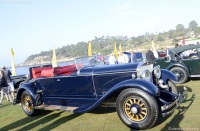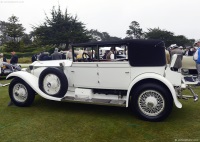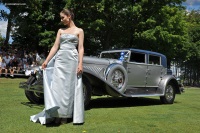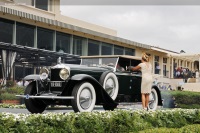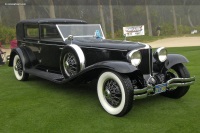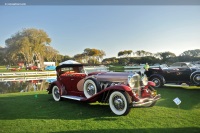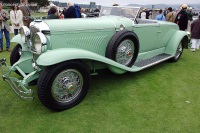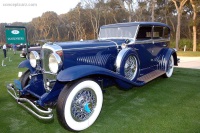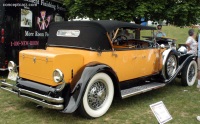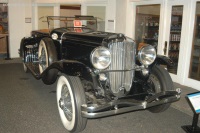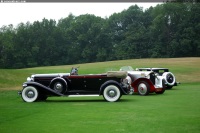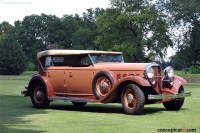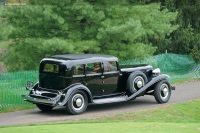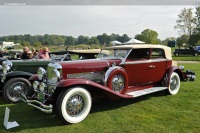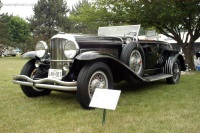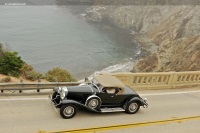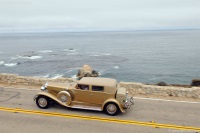Coachwork by Murphy

Chassis number: 776067

Chassis number: 222555
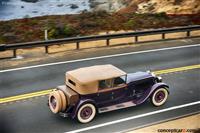
Chassis number: 223084
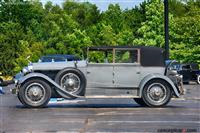
Chassis number: 807882

Chassis number: 802889

Chassis number: 35313
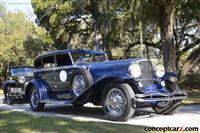
Chassis number: 2209
Engine number: J187
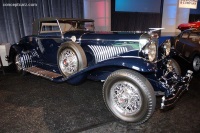
Chassis number: 2198
Engine number: J179
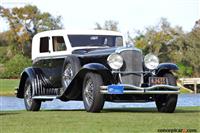
Chassis number: 2243
Engine number: J218
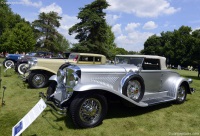
Chassis number: 2168
Engine number: J-147
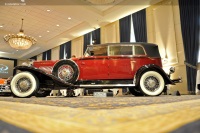
Chassis number: 2307
Engine number: J288

Chassis number: 2169
Engine number: J403
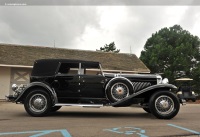
Engine number: J262
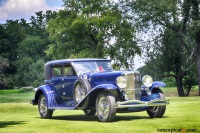
Chassis number: 2132
Engine number: J-151

Chassis number: 2199
Engine number: J-414

Chassis number: 36248

Chassis number: 177754
Engine number: 178098C
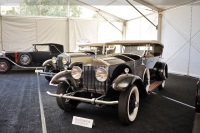
Chassis number: S 287 FP
Engine number: 22877
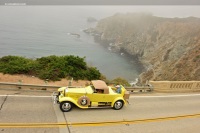
Chassis number: S293FP
Engine number: 22937
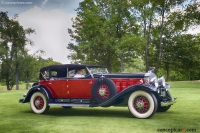
Chassis number: 7/1/9094
Engine number: 700991

Chassis number: 2315
Engine number: J-391

Chassis number: 2377
Engine number: J360
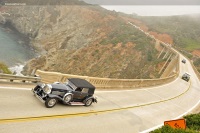
Chassis number: 2294
Engine number: J-269

Chassis number: 2317
Engine number: J-302

Chassis number: 2310
Engine number: J-284

Chassis number: 2429
Engine number: J-378
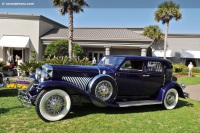
Chassis number: 2305
Engine number: J287

Chassis number: 2401
Engine number: J-381

Chassis number: 2266
Engine number: J236

Chassis number: 2307
Engine number: J-288

Chassis number: 36038

Chassis number: YR5085
Engine number: YR5085
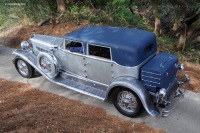
Chassis number: 2489
Engine number: J-468

Chassis number: 2414
Engine number: J395
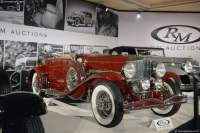
Chassis number: 2367
Engine number: J-345

Chassis number: 2330
Engine number: J315

Engine number: J-476

Engine number: J-154

Chassis number: 2533
Engine number: J-274 / J-498X

Chassis number: 936467
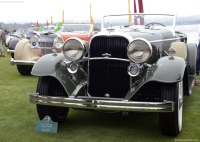
Chassis number: KB11

Chassis number: 2446
Engine number: J-429

Chassis number: 2469
Engine number: J-427
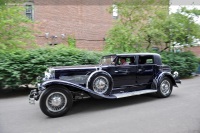
Engine number: SJ-512
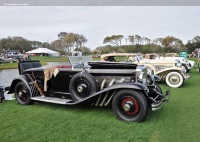
Chassis number: 2496
Engine number: SJ478

Chassis number: 2457
Engine number: J-450

Chassis number: 2490
Engine number: J-461
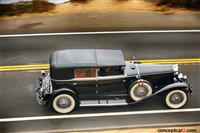
Chassis number: 2531
Engine number: J295
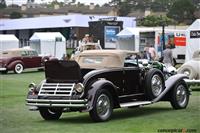
Chassis number: 2406
Engine number: J527
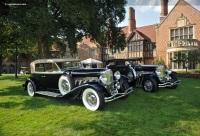
Engine number: J-588
The Walter M. Murphy Company was based in Pasadena, California and was one of the greatest coachbuilder of his era. Walter's family had made a fortune in the Michigan timber industry and his uncle, William, was an investor in Henry Ford's Detroit Automobile Company. Later, William was an investor in the Henry Ford Company and then its successor, Henry LeLand's Cadillac.
In the early 1900's, Walter moved to California and started a millwork company which evolved into a successful venture. He sold the company in 1916 and opened a luxury car dealership on South Hope Street in Los Angeles. The company sold mostly Simplex and Locomobiles during its early existence. Later, other marquee's such as Lincoln were added.
Unimpressed with some of the bodies being produced, he opened his own coach-works factory on North Vernon Street in Pasadena. The company's first designer was general manager George R. Fredericks.
The birth-place of the American automobile was in the Midwest and Northeast of the United States. The vehicles constructed reflected these changing climates and terrain. Murphy wanted a body that matched the Californian lifestyle. His creations were graceful yet sporty; fresh but well crafted.
The first body constructed by the Murphy Coachbuilding company went into the possession of Walter Murphy. The second went to Douglas Fairbanks.
Murphy Coachwork appeared on prominent marquee names such as Duesenberg, Mercedes-Benz, and Peerless, among others. The Walter M. Murphy Company created more bodies for the Duesenberg Model J than any other single coachbuilder.
In the early 1900's, Walter moved to California and started a millwork company which evolved into a successful venture. He sold the company in 1916 and opened a luxury car dealership on South Hope Street in Los Angeles. The company sold mostly Simplex and Locomobiles during its early existence. Later, other marquee's such as Lincoln were added.
Unimpressed with some of the bodies being produced, he opened his own coach-works factory on North Vernon Street in Pasadena. The company's first designer was general manager George R. Fredericks.
The birth-place of the American automobile was in the Midwest and Northeast of the United States. The vehicles constructed reflected these changing climates and terrain. Murphy wanted a body that matched the Californian lifestyle. His creations were graceful yet sporty; fresh but well crafted.
The first body constructed by the Murphy Coachbuilding company went into the possession of Walter Murphy. The second went to Douglas Fairbanks.
Murphy Coachwork appeared on prominent marquee names such as Duesenberg, Mercedes-Benz, and Peerless, among others. The Walter M. Murphy Company created more bodies for the Duesenberg Model J than any other single coachbuilder.
Q: What manufacturers did Murphy create coachwork for? A: Murphy created coachwork for (at least) the following manufacturers: Bentley, Cadillac, Cord, Duesenberg, Hudson, Lincoln, Mercedes-Benz, Minerva, Packard, Peerless, Rolls-Royce Q: What body styles did Murphy create? A: Murphy created (at least) the following body styles: 710 Murphy Speedster, All-Weather Phaeton by Murphy, Berline, Beverly Berline, Beverly Sedan, Beverly Sedan Coupe, Boattail Speedster, Clear Vision Sedan, Convertible Berline, Convertible Coupe, Convertible Coupe by Murphy, Convertible Coupe Roadster, Convertible Sedan, Convertible Sedan Berline, Convertible Victoria, Count Trossi Roadster, Coupe Roadster, Custom Beverly Sedan, Custom Roadster, Disappearing Top Convertible Coupe, Disappearing Top Sedan, Disappearing Top Torpedo Convertible Coupe, Double Cowl Sport Phaeton, Dual Cowl Phaeton, LWB Berline, LWB Convertible Berline, Phaeton, Roadster, Sedan, Sedanca DeVille, Sport Phaeton, Sport Roadster, Sport Sedan, Sports Boattail Torpedo, SWB Convertible Coupe, Torpedo Berline, Torpedo Convertible Coupe, Town Car, Town Limousine
